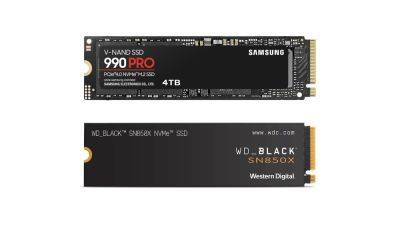Microsoft patents a technique to display encrypted documents so only you can see them
If you're working on an important document in a busy environment and don't want people to see what you're doing at a glance, then you could use a privacy screen on the display or an application that dims areas not in your gaze. Microsoft has patented a system that it believes is superior to both because it makes the document fully encrypted and illegible at all times—apart from the section you're directly looking at on the display.
The patent's details (via Windows Report) are like all such publications, in that specific details on exactly how everything works aren't covered. Instead, a broad overview of the nature of the technology is given and what Microsoft has proposed is a system that takes documents you're working on and encrypts them in such a way that the contents are secure but the overall structure of the text remains the same.
That's even the case when you pull the document up for display on your PC's screen. But then the clever bit kicks in. Using a suitable webcam or another device that can track the movement of your eyes, the algorithm determines exactly where your focus is and uses the information to generate an alpha-blending mask—think of this as being like a 'hole' in the encrypted document that lets you see the original material underneath.
As your eyes move about, the 'hole' follows along to ensure that you don't suddenly hit a line of unintelligible text. Statistical methods can be used to predict where the eye's motion will lead, reducing the latency between the eye tracking and mask movement. Anyone else looking at the screen will just see gibberish.
Microsoft's algorithm takes into account that we use our peripheral vision quite a lot when we read, even though the text isn't directly in focus, and the edge of the mask isn't a hard line between normal and encrypted text. It also takes into account that eye motion isn't perfectly smooth (aka saccades).
Combined, these additions to the algorithm do make it seem a little better than AMD's Privacy







